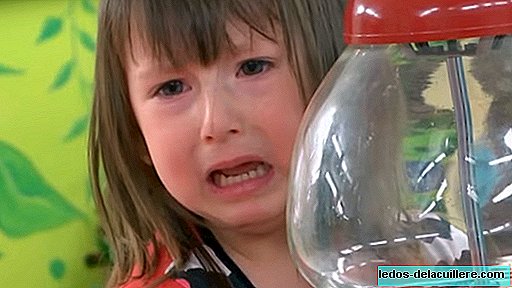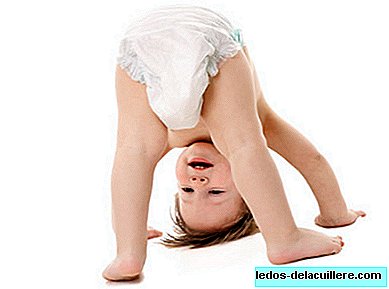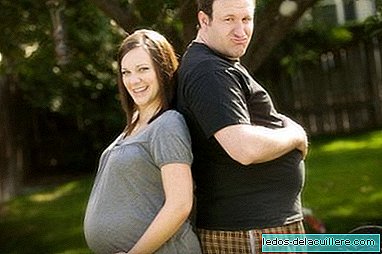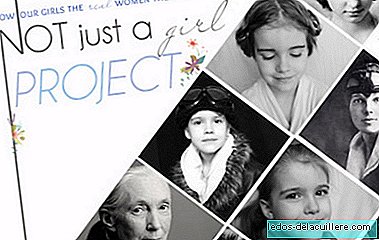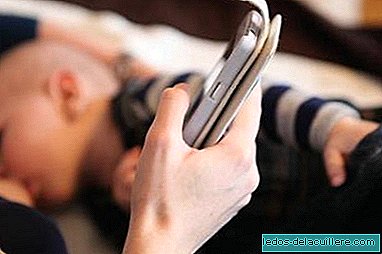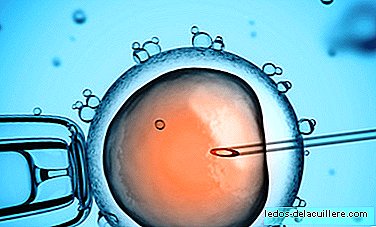
On July 25, 1978, Louise Joy Brown was born, known as the first "test tube baby" of the world. Exactly forty years have passed since that historic milestone in the history of assisted reproduction and today, More than eight million children were born using the in vitro fertilization technique.
Louise Brown turns 40
Her mother, Lesley Brown, suffered from depression because she could not have children with her husband, and upon learning that an experimental technique existed she did not hesitate to try it. Even knowing that it had not worked so far, it was something to hold on to.
The pregnancy was carried out in secret, but the press found out and caused a stir at the door of the hospital where the girl was born, Oldham General Hospital, in Manchester (United Kingdom).
He reached the world by caesarean section and weighed 2,608 kilos. As soon as he was born, to check that he was healthy, he had numerous tests to rule out any anomaly.
His birth caused a sensation and opened a strong debate about the ethical limits of the procedure, while also opening the door to hope for thousands of couples who could not conceive naturally.
In a recent interview on the occasion of his 40th birthday, Louise stated:
"When I was born, Patrick Steptoe and Robert Edwards, the two men who devised the technique, suggested that my middle name be Joy. They said that my birth would bring joy to many people. Forty years and millions of babies later, many will agree that they were right. "
Half a million children every year
It is estimated that more than half a million babies are born every year from IVF and intracytoplasmic sperm injection (ICSI) of more than 2 million treatment cycles performed.
These figures were provided by the International Committee for ART Monitoring (Icmart), which monitors the progress of assisted reproduction, based on data collected from the regional registries from 1991 to 2014.
Pregnancy rates with IVF in Europe remain stable at around 36 percent.Spain, the most active country
In Europe, Spain remains the most active country in assisted reproduction, as reported by the committee.
The European Society of Human Reproduction and Embryology (ESHRE) has compiled data from the national registry of artificial reproduction treatment cycles carried out in Europe from 1997 to 2015 (its latest report) found that a record of 119,875 treatment cycles were recorded in Spain, which now marks the pace of European treatment ahead of Russia (110,723 cycles), Germany (96,512) and the former favorite France (93,918). Cycles monitored by ESHRE include IVF, ICSI (intracytoplasmic sperm injection) and egg donation treatments.
More information about IVF
According to the results presented by Dr. Christian de Geyter, president of the European IVF Monitoring Consortium of ESHRE:
Clinics in Europe continue to favor the ICSI (intracytoplasmic sperm injection) regarding IVF (IVF) in about two to one. The technique was developed in the early 1990s as a specific treatment for male infertility (low sperm count, low sperm quality) but is now clearly used for fertilization in non-male cases.
Pregnancy rates (as measured by embryo transfer) they seem to have stabilized in Europe at around 36% for both IVF and ICSI. Pregnancy rates are higher with five-day embryos (blastocysts) than with three days.
The pregnancy rates of egg donation continue to increase (now at approximately 50%).
The rate of twin pregnancy continues to decline in Europe, in 2015 to around 14%. Similarly, the rate of individual embryo transfers continues to increase, from 11% in 1997 to 38% in 2015.
Via | Science Daily
In Babies and more | In Vitro Fertilization: what discomfort will I feel? An expert explains how the process is in five steps, Assisted Reproduction Techniques: we explain each one


